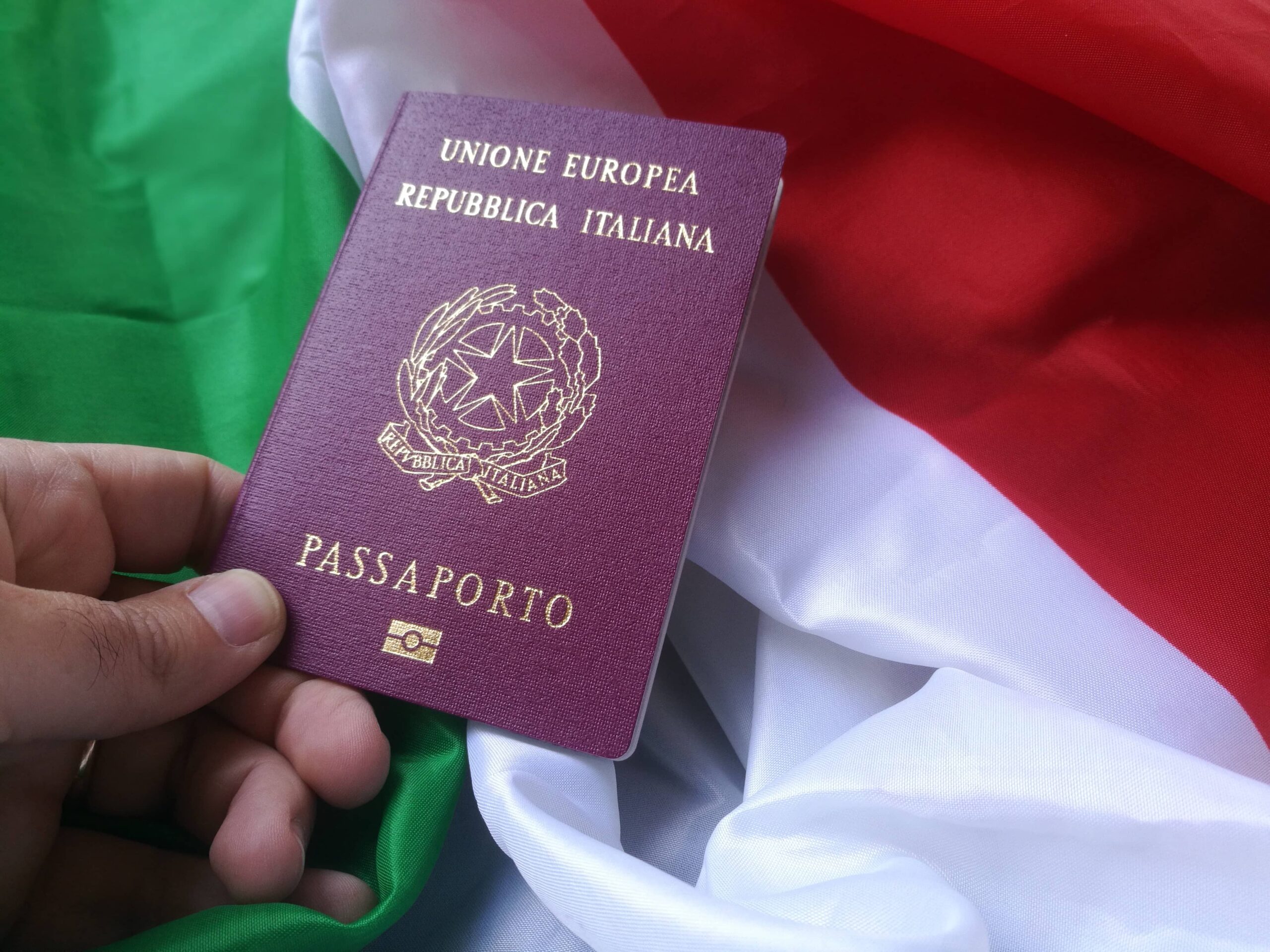Italy, a country renowned for its rich tapestry of history, art, cuisine, and vibrant culture, has long captivated the hearts of many, especially those from the United States. If you’ve ever daydreamed about sipping a cappuccino at a quaint café in Florence or meandering through the picturesque alleys of Venice, you’re not alone. The allure of moving to Italy is palpable and often discussed. But, as with any major life decision, considerations abound. Can you genuinely move to Italy from the U.S.? The answer is yes, but this journey is layered with bureaucratic intricacies, cultural adjustments, and personal reflections.
The initial question that arises is: why are so many Americans enchanted by the idea of relocating to this Mediterranean gem? Beyond its breathtaking landscapes and culinary delights, Italy embodies a lifestyle that values leisure, relationships, and a deep-seated appreciation for culture. This cultural contrast often serves as a compelling motivation for individuals seeking to escape the fast-paced, sometimes overwhelming hustle of American life. Living in Italy means embracing a different rhythm, one characterized by human connections, tangible traditions, and an aesthetic appreciation that permeates daily life.
However, the excitement of moving must be counterbalanced with the realities of legal requirements. The Italian legal system stipulates specific procedures for non-European Union citizens aiming to establish residency. For Americans, the first crucial step is securing a visa. There are several types of visas available, depending on the purpose of your stay: work, study, or even for retirement. Among these, the elective residency visa is particularly appealing to retirees with sufficient financial resources, allowing them to reside in Italy without the need to work.
Once you’ve made your choice and gathered the necessary documentation—such as proof of financial stability, health insurance, and potentially an invitation from an Italian resident—it’s time to navigate the nuanced world of Italian bureaucracy. Applying for a visa typically requires visiting the nearest Italian consulate or embassy, where you will submit your application and await approval. This process often feels tedious, requiring meticulous attention to detail and patience, as processing times can be lengthy.
After obtaining your visa, the next step is to settle into your new life. Finding a suitable place to live is paramount. Italy boasts diverse regions, each with unique characteristics. From the North’s rolling hills of Tuscany to the South’s sun-drenched beaches of Sicily, the decision on where to reside often reflects personal preferences and lifestyle choices. Cities like Milan and Rome offer urban excitement, rich job opportunities, and cultural vibrancy, while smaller towns provide tranquility and a closer-knit community experience.
Language can be another barrier for many Americans contemplating a move. Although many Italians, particularly in urban areas, speak English, immersing oneself in the Italian language can deepen your understanding of the culture and enhance day-to-day interactions. Enrolling in language classes or engaging with local communities can make this transition smoother. Furthermore, learning the language demonstrates respect for the culture and can significantly enrich your experience.
Adapting to Italian customs and societal norms can also pose challenges. The Italian way of life is often slower and deeply entrenched in tradition compared to the fast-paced nature that many Americans are accustomed to. Mealtimes are leisurely, family gatherings are paramount, and socializing often involves lengthy conversations. This cultural shift can initially feel jarring, but it also offers an opportunity to embrace a more relaxed and fulfilling lifestyle. By learning to navigate these cultural nuances, one can foster meaningful connections with locals and immerse oneself in the vibrant Italian tapestry.
Financial considerations are equally pertinent, as the cost of living can vary significantly based on location and lifestyle choices. While some regions may offer a lower cost of living, urban areas like Rome and Milan can be comparatively more expensive. It’s vital to conduct thorough research, budgeting for housing, utilities, and day-to-day expenses, as well as understanding the tax implications of earning income in Italy as an American citizen.
The potential challenges of moving to Italy from the U.S. do not diminish the inherent rewards. For many, living in Italy feels like a fulfillment of a long-held dream—one that enables personal growth through exploration, adventure, and cultural exchange. After embracing the initial hurdles, individuals often find their lives enriched, their worldview expanded, and their appreciation for beauty deepened.
Moreover, as you immerse yourself in this enchanting culture, you might discover the subtle but profound ways in which living in Italy impacts your outlook on life. The Italian philosophy celebrates the art of living well, a concept that transcends mere existence to encompass joy, relationships, and a profound connection to the world around us. The moment you allow yourself to slow down and savor the simple pleasures—be it a captivating sunset or a delightful meal shared with friends—you begin to understand why moving to Italy is a pull that many cannot resist.
In conclusion, the question isn’t just if you can move to Italy from the U.S., but rather, why wouldn’t you consider it? With the right preparation, knowledge, and an open heart, embarking on this new chapter could lead to a life filled with breathtaking experiences, a renewed sense of wonder, and the incomparable richness that comes from fully engaging with one of the world’s most illustrious cultures.
